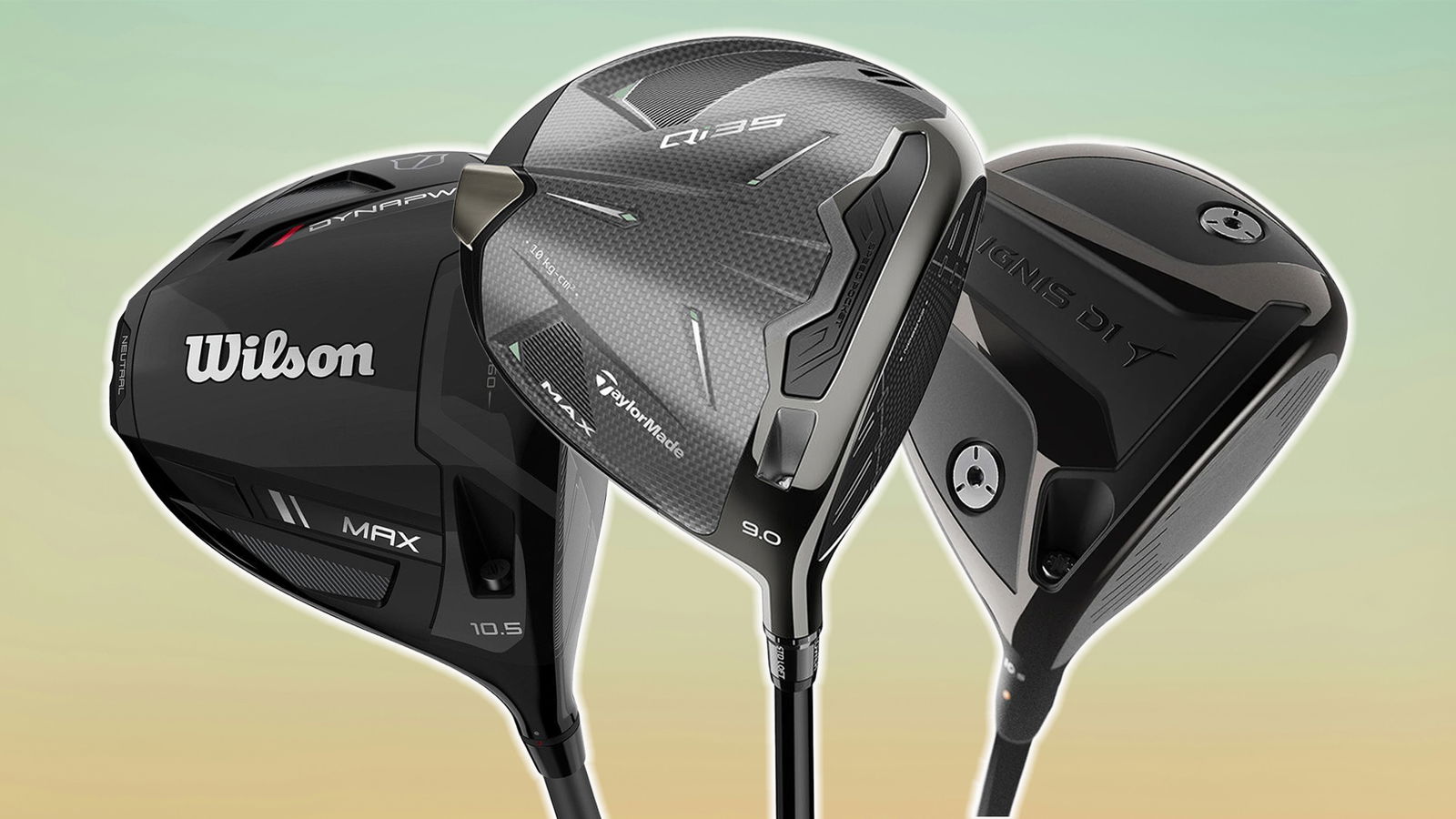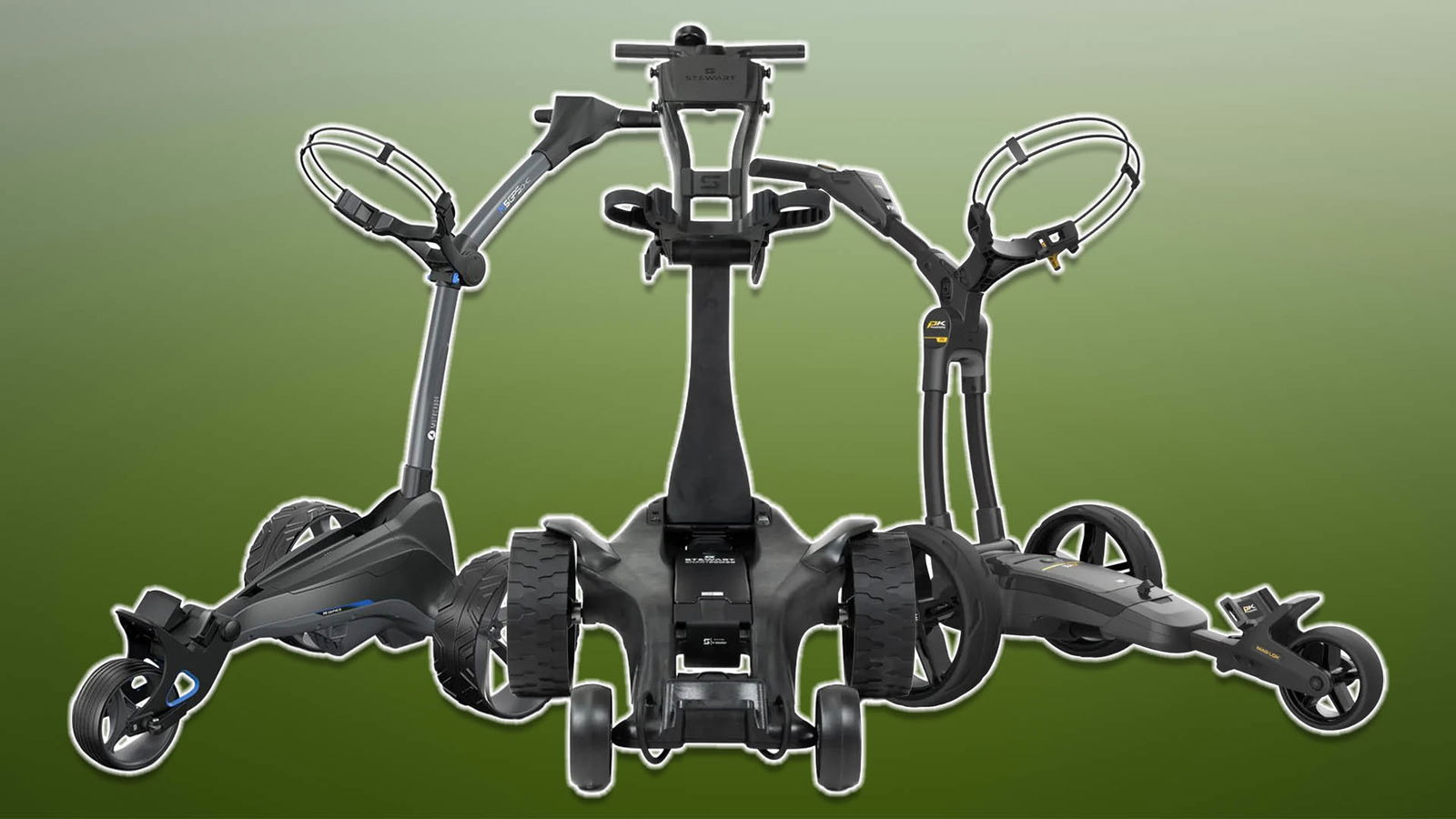Best Low-Spin Drivers for Better Players: Every model you should know about
Your guide to the best golf drivers for better players in 2025, and everything you need to know before splashing the cash on a low-spin rocket launcher.
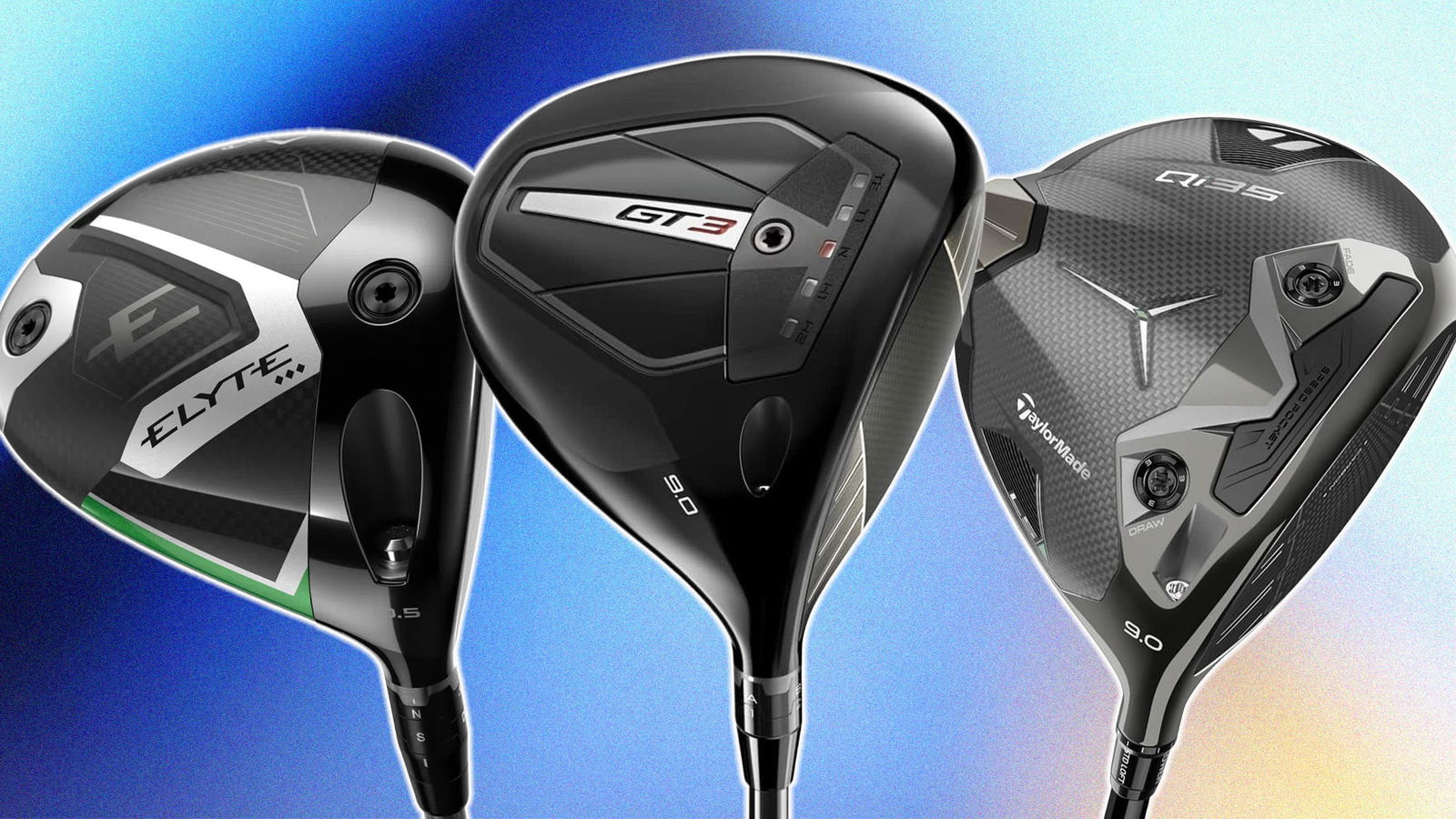
If you class yourself a high-swing speed player, then there is every chance one of the best golf drivers for better players could help you truly maximise your distance off the tee this season.
For those golfers who generate ball speeds of over 160mph, a driver that reduces backspin rather than maximises it will produce a more optimal spin rate for greater distance.
Low-spin drivers are not universally suitable. They typically result in a lower, more penetrating ball flight, and if not wielded with skill, they can hinder rather than enhance your chances of hitting the fairway.
Because of their more compact construction and more forward-placed weight, low-spin drivers tend to lack the forgiveness of game-improvement drivers. In the hands of a skilled player however, they can be a game-changer, significantly boosting your distance off the tee.
Most major brands produce low-spinning, distance-oriented drivers for better players, and GolfMagic has tested all of the best low-spin drivers on the market, putting them through their paces on the golf course and in the studio.
Our mission, as always, is to help you get the most out of your game off the tee and gain more yards at a price that's right for you. As such, these are what we consider to be the very best low-spin drivers on the market right now, starting with our favourite of the lot...
Best Golf Drivers for Better Players 2025
GolfMagic may receive a small advertising or affiliate commission if you buy via our links. Pricing may vary.
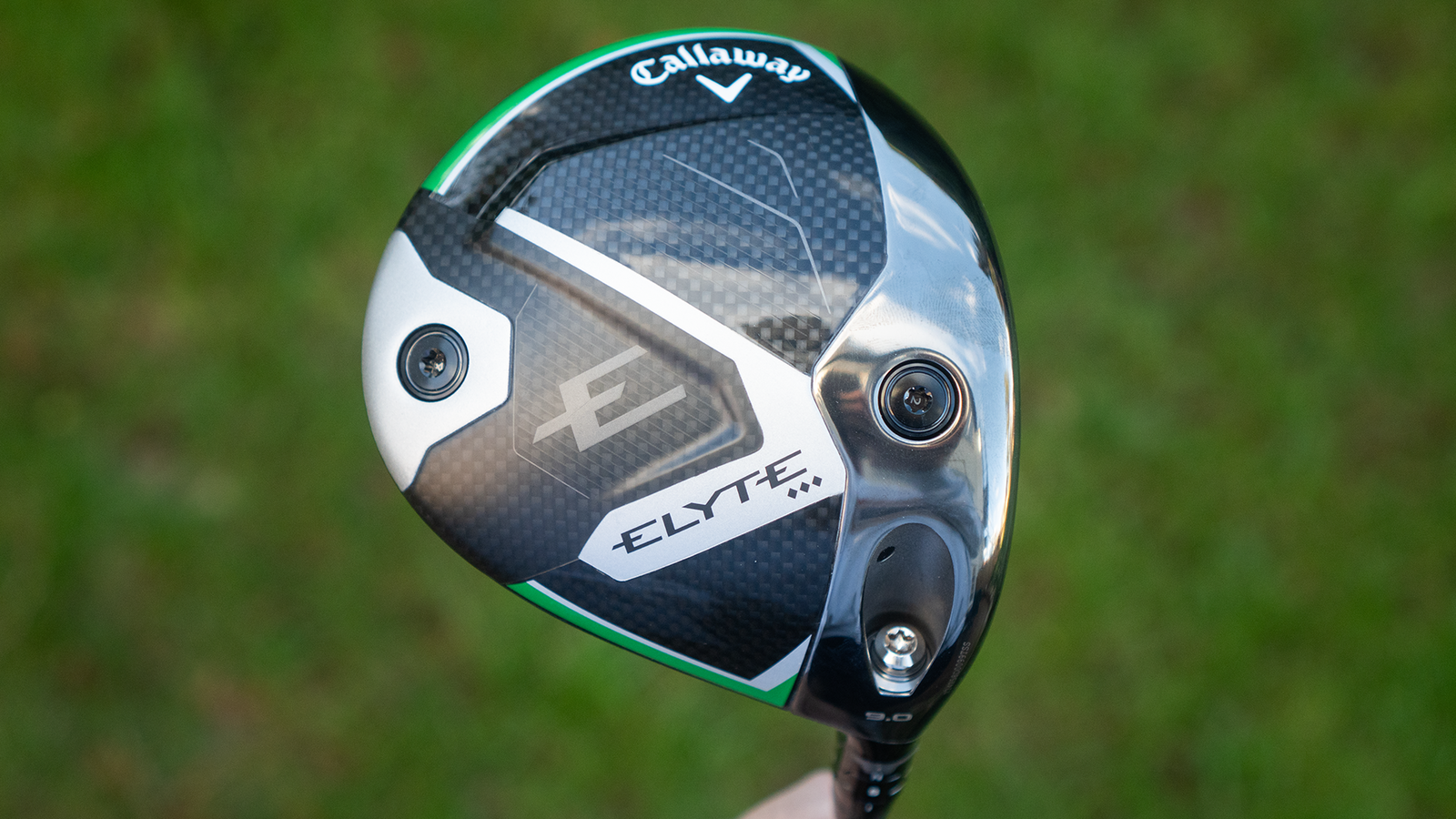
Callaway Elyte Triple Diamond
Key Features:
- Enhanced swing speed via new aerodynamics of the head
- All new Thermoforged Carbon crown
- Ai10x face delivers superior ball speeds and launch conditions across the face.
- 450cc head for the better player
- Interchange front-back weights
Price: £529
Pros:
- One of the fastest drivers of 2025
- Sleek profile looks fantastic behind the ball
- Delivers low spin rates for fast swing speed players
Cons:
- Will only be suitable for a very small selection of golfers
The Callaway Elyte Triple Diamond is the standout low-spin driver of 2025, designed for skilled players seeking precision and speed. With a compact 450cc head and gloss crown, it offers a premium aesthetic and confidence-inspiring profile at address, making it a top choice for better players.
This model isn’t about forgiveness—high handicappers should look elsewhere. Instead, it’s built for speed and control, aided by enhanced aerodynamics and the new Ai10x face. Testing revealed the driver feels fast through the swing, with improved aerodynamics noticeable in transition. While its feel off the face is slightly muted compared to other Elyte models, its performance stands out, offering impressive ball speeds and the potential for shot-shaping.
Adjustability options, including hosel settings and weight placement, allow players to fine-tune for their desired ball flight. Surprisingly, this year’s Triple Diamond felt less fade-biased than past iterations, making it more versatile while maintaining its low-spin profile.
While it’s not the most forgiving or user-friendly option, the Elyte Triple Diamond excels in speed and precision, cementing its place as perhaps the elite choice for advanced players in 2025. If you’re seeking a fast, low-spin driver, this is worth a serious look.
READ OUR FULL CALLAWAY ELYTE TRIPLE DIAMOND DRIVER REVIEW
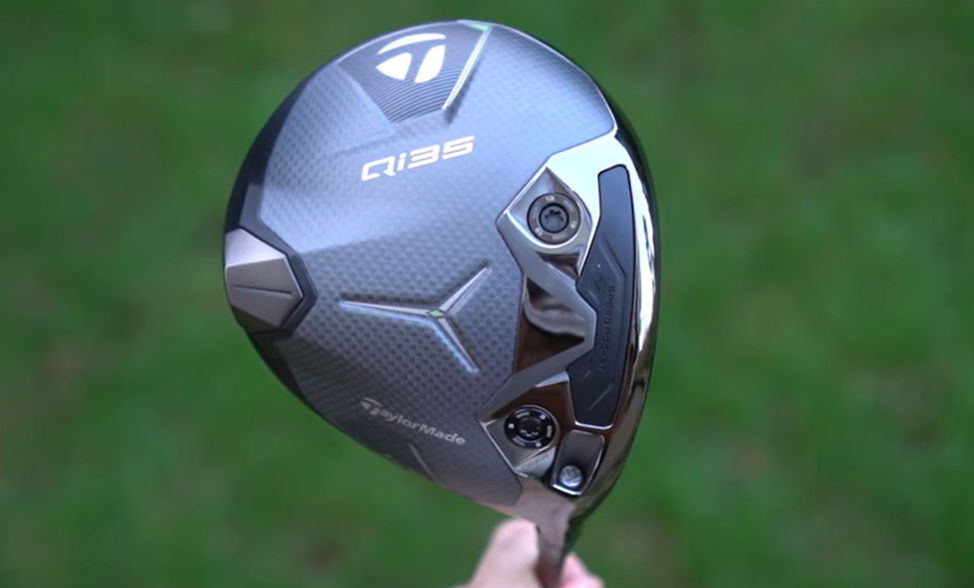
TaylorMade Qi35 LS
Key Features:
- Low-Spin Design – The forward CG placement reduces spin, helping strong players achieve penetrating ball flights.
- Compact 430cc Head – Slightly smaller than the standard Qi35 model for a more workable and precise shot shape.
- Fade Bias Weighting – A toe-weighted design that promotes a left-to-right shot shape, ideal for high-speed swingers who want to eliminate a left miss.
- Advanced Aerodynamics – Designed to reduce drag and increase clubhead speed.
- Premium Shaft Pairings – Optimised for stiffer, low-launch shafts to match the needs of high-speed players.
- New Fitting Matrix – TaylorMade’s updated fitting system considers closure rate and player tendencies for optimal shaft recommendations.
Price: £529
Pros:
- Low spin and high ball speed—perfect for elite players.
- Compact head with a tour-inspired shape.
- Workability is outstanding—great for shaping shots.
- Penetrating flight with fade bias—eliminates the left miss for better players.
Cons:
- Not that forgiving—mishits are punished significantly
- Difficult to control for mid-handicappers.
- Requires precise shaft fitting—TaylorMade’s new fitting system is great, but some players may feel limited by the recommendations.
If you’re a low-handicapper with high swing speed, the TaylorMade Qi35 LS Driver is one of the best low-spin drivers on the market. This driver rewards precise ball-striking with explosive distance and a penetrating flight, making it ideal for aggressive drivers of the ball.
However, if you need more forgiveness, the Qi35 or Qi35 Max will be better options. For most golfers, the core / standard model is the best blend of distance and forgiveness.
The Qi35 LS is sleek, compact, and confidence-inspiring at address. It has a slightly smaller footprint than the Qi35 Core model, giving it a tour-inspired look. The matte finish reduces glare, and the overall aesthetic is clean and modern.
At impact, it has a solid and explosive feel, providing instant feedback on mishits. The lower spin and fade bias mean that toe strikes tend to hold their line better, while heel strikes can exaggerate a fade or slice.
But for those with tour-level ball-striking, the Qi35 LS is a serious weapon off the tee—but only if you have the skills to handle it.
READ OUR FULL TAYLORMADE QI35 LS DRIVER REVIEW
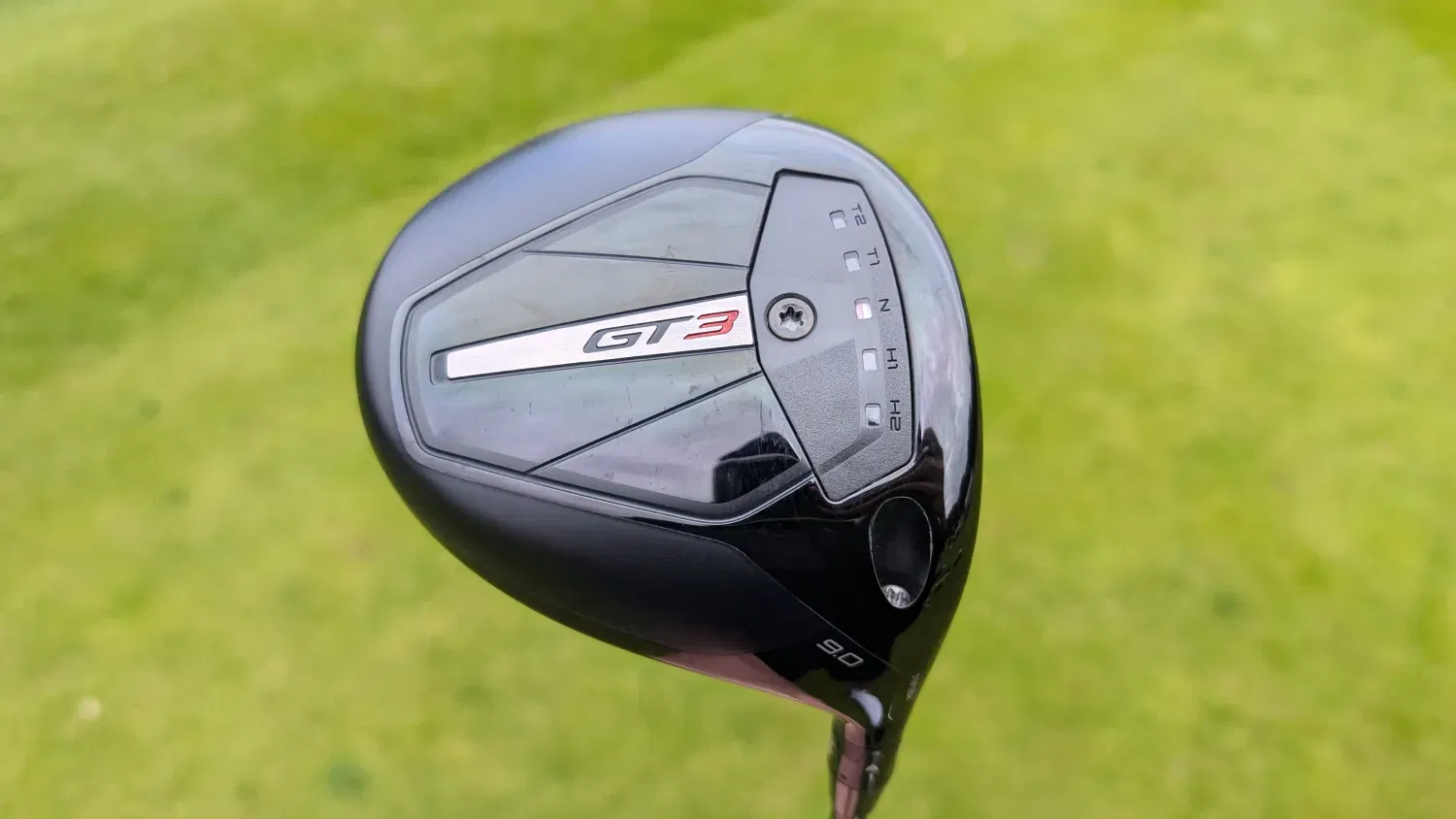
Titleist GT3
Key Features:
- Seamless Thermoform Crown: Constructed from brand new Proprietary matrix polymer
- Titanium speed ring: reinforces and stabilises the perimeter of the clubface for improved ball speeds
- Adjustable CG track: fitters and golfers can select between five CG locations to achieve optimal ball flight and launch
Price: £579
Pros:
- Incredible ball speeds from across the face
- Compact head design will suit the eye of the better golfer
- Adjustable CG is an excellent feature
- Looks and sounds fantastic
Cons:
- Higher price point
Introduced in 2024 to replace the highly successful TSR3, the GT3 driver is designed for low-to-mid handicap players who want to keep spin down and is the brand's most popular driver model on tour.
A key innovation is the use of a Proprietary Matrix Polymer crown, a first for Titleist, which enhances ball speeds across the face without compromising the brand’s signature sound and feel.
The compact, pear-shaped GT3 driver incorporates advanced aerodynamics, a split mass construction, and a speed ring with Variable Face Technology (VFT).
During testing at the Titleist Performance Centre, the GT3 delivered a 4mph ball speed increase over the TSR4, consistently maintaining impressive smash factors even on mishits.
Visually, the GT3 retains Titleist’s timeless elegance, with subtle design upgrades. The high-gloss GT panel contrasts with matte black wings, offering a sleek, modern look while retaining a classic feel at address.
On-course testing showed excellent performance, with exceptional carry distances and forgiveness even on off-centre strikes.
Despite now being over a year old, the Titleist GT3 remains one of the standout drivers in its class, combining cutting-edge tech with classic aesthetics. Though priced at a premium, it's a top choice for serious golfers seeking improved ball speed and consistency.
READ OUR FULL TITLEIST GT3 DRIVER REVIEW
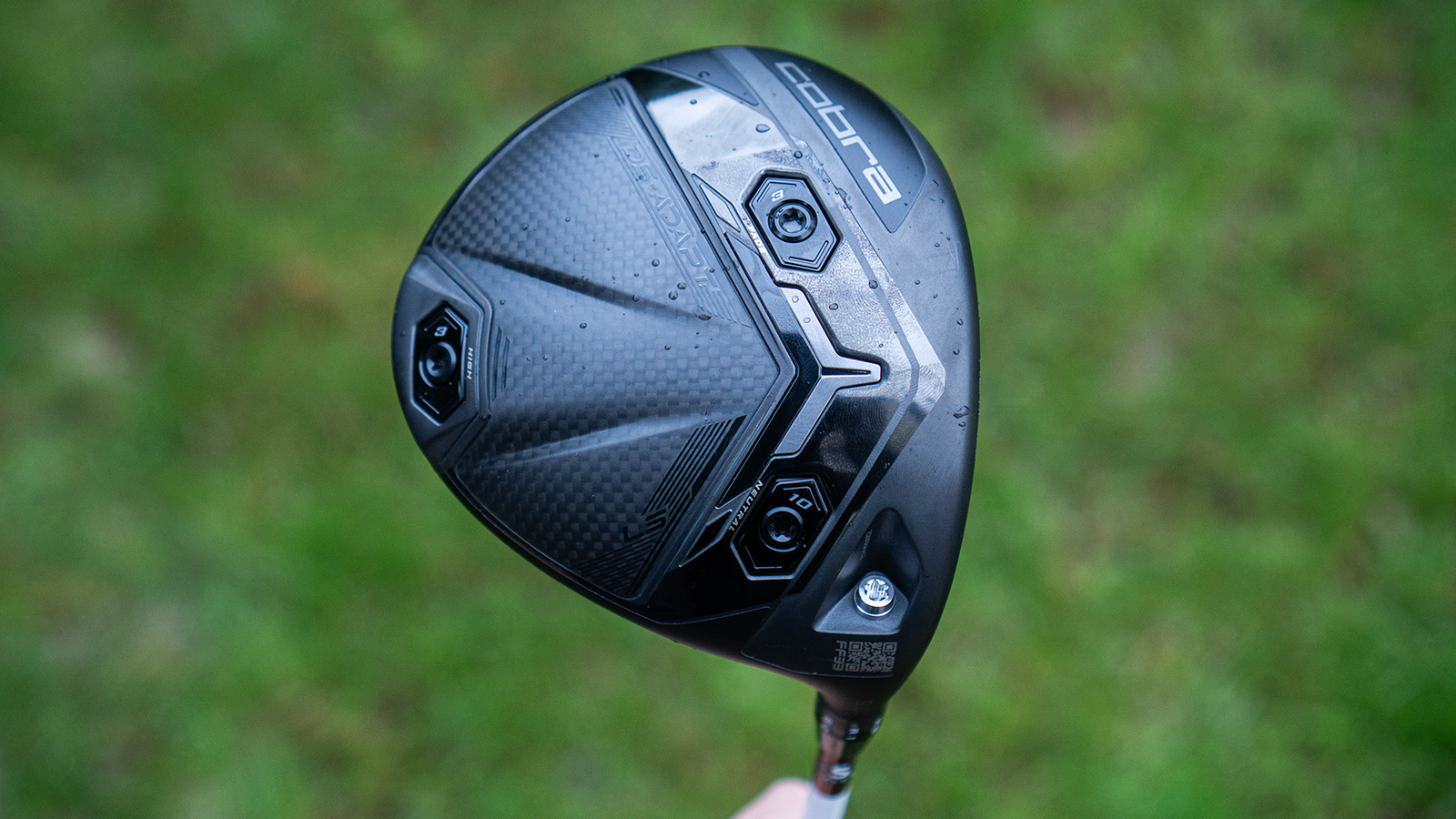
Cobra DS- Adapt LS
Key Features:
- SmartPad technology to keep face square with loft and lie changes
- Progressive Aero shaping to reduce drag and increase club speed
- Movable weight technology to maximise shot shaping
- FUTUREFIT 33 Adjustable Hosel System
Price: £469
Pros:
- A fast, fully customisable low-spinning driver offering from Cobra that will certainly rival any brand for speed in 2025
Cons:
- Forgiveness still lacking
- I would heavily push even the most established of golfers into the core model due to the forgiveness improvement
The Cobra DS-Adapt LS driver takes speed and customisation to new heights for 2025. Featuring the innovative FUTUREFIT33 adjustable hosel, it offers 33 loft and lie settings to suit a wide range of golfers. Paired with the Smartpad sole design, it ensures the clubface stays square at address, no matter the configuration.
Designed for players prioritising speed, the LS model features a smaller, fade-biased head with a sleek, aerodynamic look. It excels at delivering exceptional ball speed and low spin, especially when struck out of the centre, making it ideal for confident ball strikers seeking precision and shot-shaping.
In testing, the LS model achieved impressive results, particularly in clubhead speed, gaining up to 1 mph over traditional 460cc heads. However, its smaller head and fade bias may be less forgiving for players prone to off-centre hits or high-spin misses. The FUTUREFIT33 system aids customisation, minimising misses and enhancing fit for most golfers.
Cobra’s DS-Adapt LS also stands out for its value, offering premium performance at a more affordable price than competitors. While it may not lead in forgiveness, it’s an excellent choice for advanced players seeking speed and customisability. For more forgiveness, the core model is a great alternative.
READ OUR FULL COBRA DS-ADAPT LS DRIVER REVIEW
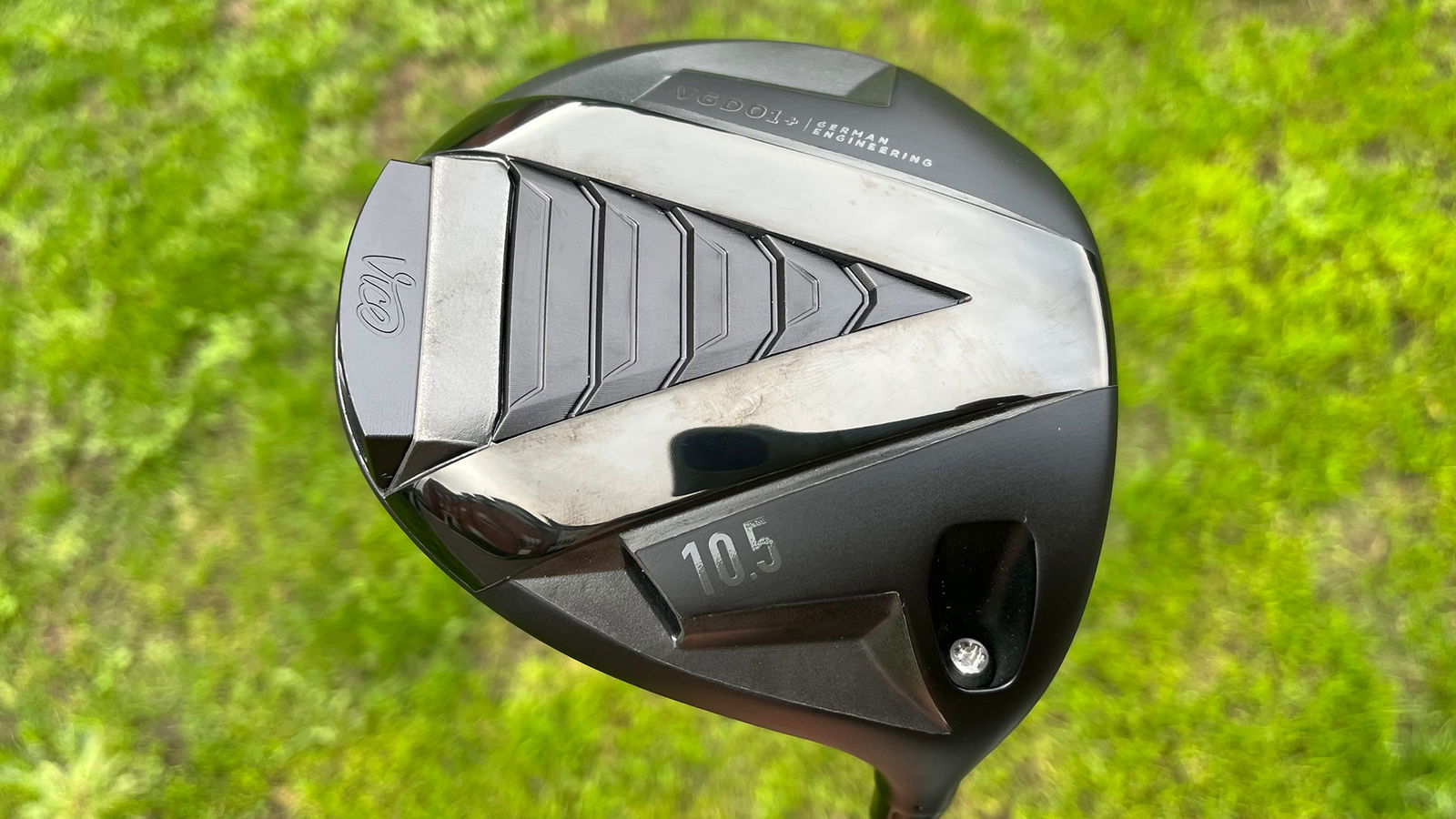
Vice VGD01+
- Middle of the road distance
- No fitting options (but it does have a 60 day guarantee)
- Design might be a bit busy for some
One of the first direct-to-consumer low-spin drivers to hit the market, Vice's VGD01+ builds on the groundwork laid by original VGD01 by offering a genuine low spin model designed for power hitters on a budget.
The looks of the VGD01 are sleek, modern and well-presented, with the lightweight, aerodynamic head helping faster swingers generate effortless speed. And while it's not the fastest on this list, the VGD01+ still generated impressive numbers for us along with a nice, penetrating ball flight better players will definitely appreciate. It also turned out to be one of the most forgiving drivers on this list, making it a great choice for improving players looking to unlock more distance without sacrificing too much on off-centre hits.
The one let-down of the Vice, particularly for better players looking to really dial in their driver, is the lack of fitment options, with just two model-exclusive Aldila shafts available to choose from. It does come with a 60 day satisfaction guarantee however, so you can send it back if neither shaft suits you.
When should a golfer change into a low spin driver?
There's no set score or handicap a player has to attain before determining whether or not a low-spin driver is right for you. Indeed, there's no hard rule that says better players have to play low-spin drivers at all, with many tour pros playing either core model or even game improvement drivers. Ultimately, it's about what's right for your swing.
If, however, you feel like your drives launch particularly high and rob you of some distance in the process, a low-spin driver head might just be the solution you're after.
We would always recommend using a launch monitor every year to ensure that your driver is still optimal for your swing. You may find some major or minor changes have occurred. The best golf pros on the PGA Tour do this every week in order to keep on top of things. If you are serious about your golf game then we strongly recommend you check out your shot data at least once a year.
How can I determine which driver head size is best for my playing style?
The size of a golf driver's head is measured by volume in cubic centimetres, the minimum size allowed by golf's governing bodies being 440cc and the maximum size 460cc.
440cc drivers are becoming increasingly rare, and most flagship low spin drivers, including the TaylorMade Qi35 LS, and Cobra DS-ADAPT LS, now come in a 460cc head size as standard.
A few lower spin drivers in recent years, like Mizuno's ST-G, have retained the 440cc head size however, so if you prefer a more compact look behind the ball, you should take a look at these models.
What are the advantages and disadvantages of different CG in a driver?
Centre of gravity, referring to the single balance point of the driver, is one of the main adjustments manufacturers make when tuning a driver for lower spin and ball flight. In general, moving the CG of a driver forward will increase ball speeds through reducing the ball spin and MOI, producing a more penetrating ball flight at the cost of forgiveness on off-centre hits.
The CG of a driver can be moved vertically, horizontally, or back and forward in a clubhead by moving fixed or adjustable weights inside the head. Low spin drivers tend to have less of these, with whatever adjustable weights they do have pushed further towards the front and less geared towards adjusting for a fade or draw bias (as you'd find in a game-improvement driver).
As always, the only real way to find out which CG location works best for you is to get custom fitted.
Check out our full range of golf equipment guides below:
